Flow meters are industrial tools used to measure important characteristics (volume, mass, and velocity) of fluid flows in various applications. Fluids measured include liquids, gas, and vapor. Most often, flow meters are used to measure the characteristics of volume, mass, and velocity. Such measurements can occur either via direct methods or indirect methods that infer characteristics from other parameters. Read More…
Sierra manufacturers high performance mass flow meters and controllers for nearly any gas, liquid or steam. Customers choose Sierra when they need an accurate and repeatable flow measurement, short delivery lead times, expert flow advice and long term support. When it matters, choose Sierra. Visit www.sierrainstruments.com.
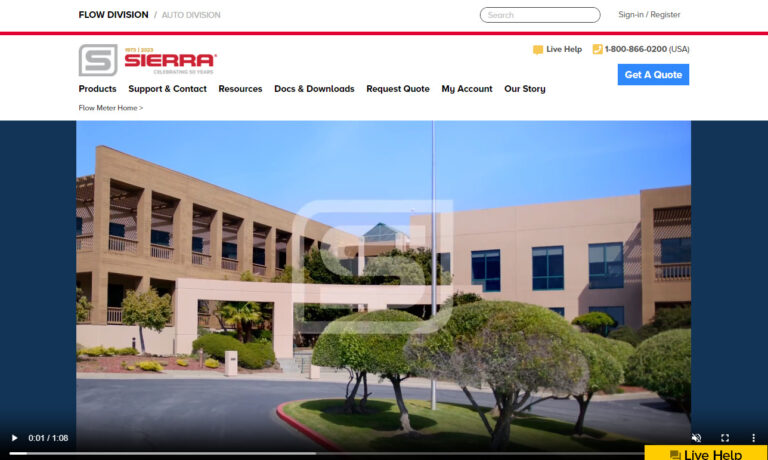
AW-Lake Company manufactures flow monitoring equipment and goes to market through four brands: TRICOR Coriolis Technology, LAKE Monitors, AW Gear Meters and Turbine Flow. The broad range of flow meters include coriolis mass, positive displacement, variable area and turbine technologies. We service many industries, including oil & gas, automotive, food & beverage, chemical processing and...
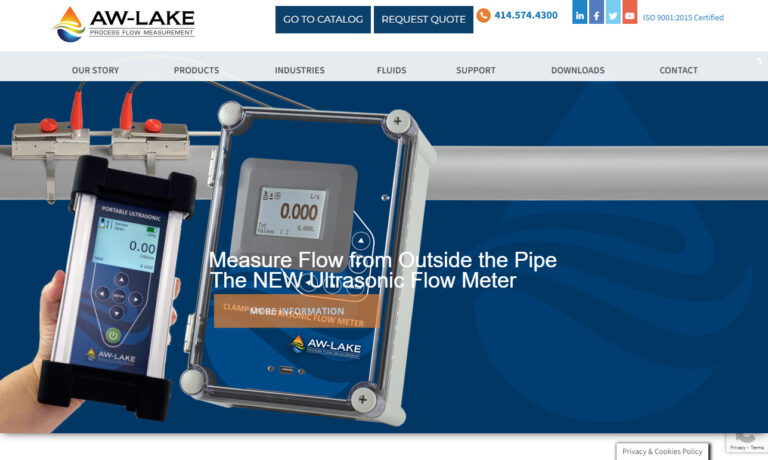
Turbines is an ISO 9001:2000 certified manufacture specializing in the design of high quality, cost-efficient rugged turbine flow meters for industry oil and gas, and business flow measurement applications that require accuracy, repetition and reliability. We have established ourselves as a trusted leader in the field of flow measurement. We also offer a wide range of accessories such as...
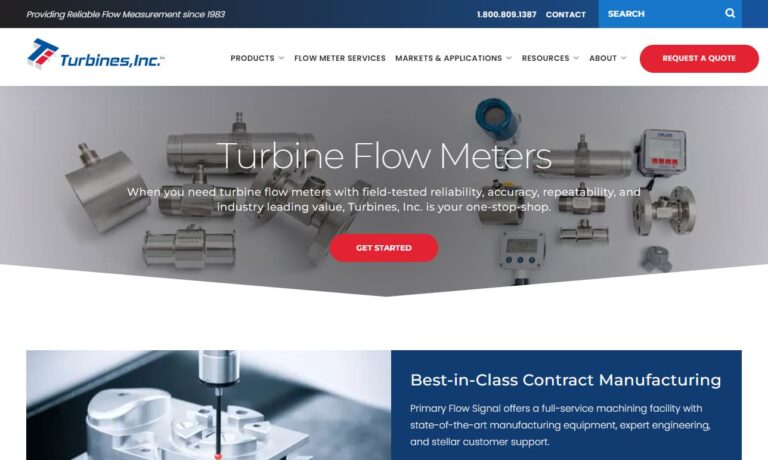
At Niagara Meters, we specialize in providing high-quality flow meters and comprehensive solutions to meet the diverse needs of industries worldwide. With our dedication to excellence and extensive experience, we have established ourselves as a trusted leader in the field of flow measurement. Our product portfolio encompasses a wide range of flow meters meticulously engineered to deliver accurate ...
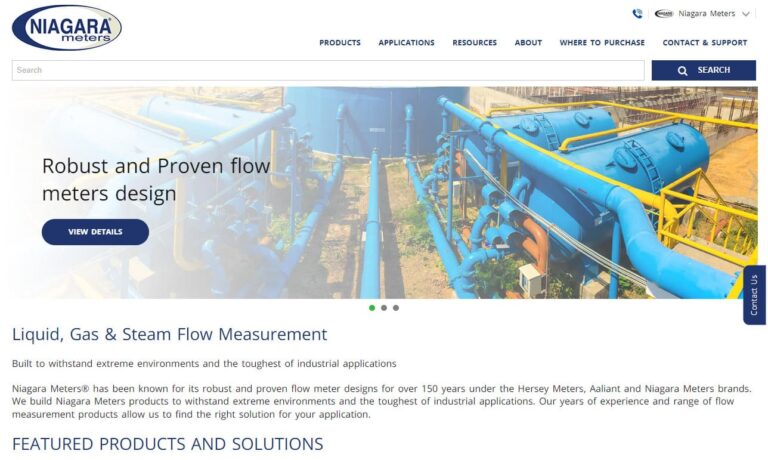
SIKA is a developer and manufacturer of flow control products and a wide variety of other measuring and monitoring systems. Our inventory includes flow sensors, flow meters, flow switches, and many more. We know that flow solutions aren't one-size-fits-all, which is why we provide consultation and flow management solutions that are individualized and customized to your requirements. When you...
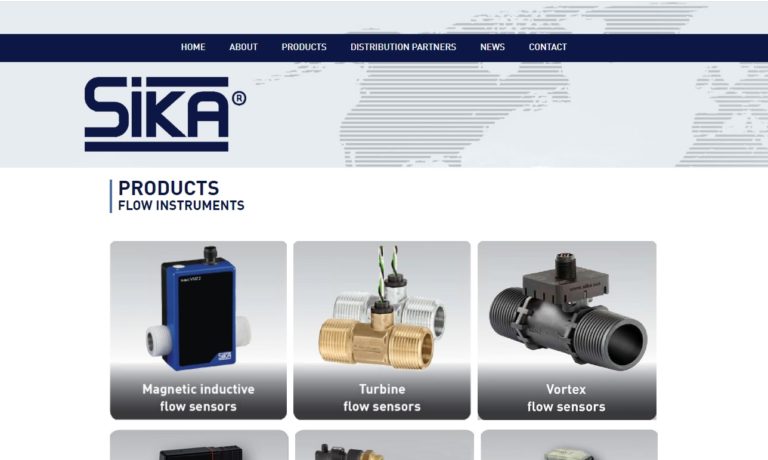
More Flow Meter Manufacturers
Flow meters are versatile instruments capable of measuring various parameters including absolute pressure, differential pressure, viscosity, and temperature. Typically used to monitor fluid flows within enclosed systems like pipes, some flow meters are also designed for open channel applications. Depending on their use, these essential devices may be referred to as flow gauges, flow indicators, or liquid meters.
History of Flow Meters
Flow measurement has been a crucial element of commercial activities since ancient times. In early Sumerian cities, primitive methods were developed to measure water flow to ensure equitable distribution through aqueducts and irrigation systems. Similarly, the ancient Egyptians created basic weir structures to evaluate the Nile’s flow, allowing them to predict floods and plan their harvests. Meanwhile, in the Chinese state of Qin, simple flow measurement tools were employed to manage governmental irrigation systems effectively.
The evolution of modern flowmeters began in 1738 when Swiss scientist Daniel Bernoulli pioneered the assessment of water flow characteristics using differential pressure. In 1791, Italian physicist Giovanni Battista Venturi invented the Venturi tube, a groundbreaking tool for measuring liquid flow. Nearly a century later, American inventor Clemens Herschel enhanced this device, allowing it to measure flows in open channels. Despite these early innovations, significant development in flowmeters did not occur until the post-World War II industrial boom. The 1960s saw remarkable advancements due to miniaturization and precision technology. Since the commercial surge of the 1990s, the use and proliferation of flowmeters have continued to expand.
Flow Meter Parts and Configurations
Flow meters are crafted from a range of materials, such as plastic and industrial metals like bronze and iron (including cast and ductile types). Some are designed with carefully chosen materials to optimize performance. Typically, flow meters consist of three main components: the primary device, the transducer, and the transmitter (or pressure transmitter). The transducer and transmitter work closely together; the transducer detects the fluid flow through the primary device, and the transmitter converts this data into a readable signal.
Flowmeters are versatile devices that can be set up in numerous ways. They might have multiple attachments or be part of a larger industrial system. Generally, flowmeters are mounted in one of three styles: insertion, in-line, and non-invasive.
In-line flow meters seamlessly integrate into a broader system, whereas insertion flow meters gather data from a specific spot, and non-invasive flow meters measure flow remotely. For instance, an insertion flow meter is installed at a particular point on a pipe to infer the fluid flow throughout the pipe. In contrast, an ultrasonic flow meter, a type of non-invasive meter, detects shifts in frequency (specifically, the Doppler effect) caused by particles or gas bubbles within the fluid flow.
Types of Flow Meters
Flow meters, much like other industrial instruments, come in a wide array of varieties. They can be classified based on their operating principles and the specific parameters they measure. Some common types include water flow meters, flow switches, fuel flow meters, peak flow meters, air flow meters, and ultrasonic flow meters. Each type is designed to cater to different measurement needs, showcasing the diversity within this category of instruments.
How They Operate
Positive displacement (PD) flow meters, often called volumetric flow meters, excel at directly measuring the volume of fluid flow in units like cubic inches or liters. These meters operate by capturing liquid, using rotating components to move it, and measuring the flow created between the meter’s body and its seals. The volume of fluid passing through the meter is directly proportional to its output. PD flow meters come in various types, including bi-rotor flow meters (such as oval gear or helical gear flow meters), reciprocating piston flow meters, and rotary/oscillating piston flow meters.
Velocity flow meters are essential tools for determining the volume of fluid flow. They achieve this by first measuring the fluid’s velocity. There are several types of velocity flow meters, including ultrasonic flow meters, time-of-flight meters, which use sound waves to measure flow rate, and turbine flow meters, which gauge fluid flow based on the speed of rotating blades. Another notable type is the vortex flow meter, which operates uniquely by placing an obstruction in the fluid’s path. This causes the fluid to form symmetrical vortices around the obstruction, altering the flow pressure. A sensor located between these vortices detects the pressure changes and sends this data to an electronic signal conditioner for processing.
Unlike volumetric flow meters, which measure the volume of liquid, mass flow meters measure the mass of the liquid, expressed in kilograms or pounds. However, like volumetric flowmeters, mass flowmeters generate an output signal that directly corresponds to the mass of the liquid passing through them. Among the most well-known types of mass flowmeters are Coriolis and thermal flowmeters.
Inferential flowmeters determine volume, velocity, and mass by analyzing related factors. Notable examples include differential pressure flowmeters and variable area flowmeters.
Magnetic Flow Meters and the Pharmaceutical Industry
As pipeline networks become increasingly crucial, the need for devices that can automatically monitor pipe flow has surged. Enter the flow meter, a device that not only measures the volumetric flow of liquids but also calculates the absolute and differential pressure within them. In 2021, the flow meter market was valued at approximately USD 7.7 billion, with projections suggesting it will grow to USD 10.3 billion by 2026. The primary users of flow meters are the water and wastewater industries, where they play a vital role in various stages of treatment processes, ensuring the clean discharge of effluents.
According to market research from 2020, magnetic flow meters, also known as magmeters, emerged as the most popular type of flow meter. Leveraging electromagnetic induction, these magmeters proved invaluable in the food and beverage industries. Their key advantage lies in their consistent performance, unaffected by variations in water characteristics like concentration, density, temperature, viscosity, and electrical conductivity.
Unlike other industries that have smoothly integrated magnetic flow meters, the pharmaceutical sector has faced challenges with traditional flow meter types. The primary issue stems from their use of ultrapure water, which has such low conductivity that magnetic flow meters are ineffective for accurate measurements. Bürkert addressed this challenge by creating the FLOWave flow meter, which employs surface acoustic wave technology. This innovative device eliminates direct contact with the liquid, overcoming various problems that conventional flow meters face, including system vibrations and liquid conductivity, among others.
Having a thorough understanding and regular upkeep of your pipe networks is crucial for maintaining a smooth workflow. Furthermore, staying informed about the latest innovations and advancements in the industrial sector ensures you remain at the forefront of new technologies and developments.
What They Measure
Many flowmeters are named after the specific phenomena or substances they measure. Water flow meters are designed to measure the flow rates of water in various environments, such as tubes, rivers, streams, channels, and partially filled pipes. Air flow meters, as their name suggests, measure the flow of air. Peak flow meters are specialized for individuals with asthma or other respiratory issues, allowing doctors to assess their oxygen intake. Fuel flow meters, which can be positive displacement, ultrasonic, or turbine types, monitor fuel usage rates from stationary pumps and vehicles.
Flow meters frequently work alongside helpful accessories. Unlike other meters, flow switches feature a fourth component that acts as a switching unit to control flow. These switches can trigger audible or visual alarms if the flow rate deviates from the desired range. Another common flow meter accessory is an observation window, also known as a flow indicator, which allows for visual assessment of the flow.
Additional Information on Coriolis Flow Meters
THE CORIOLIS PRINCIPLE
In 1835, French mathematician Gustav Coriolis introduced the Coriolis Principle, a concept explaining the necessary inclusion of an inertial force when analyzing the motion of objects in a rotating system. Imagine hurling an object from the North Pole towards the Equator; it would seem to veer off course, a phenomenon caused by Earth’s rotation, aptly demonstrating the Coriolis Effect.
APPLICATIONS OF THE CORIOLIS EFFECT
The Coriolis Principle has some interesting natural and industrial applications:
METEOROLOGY: The Coriolis Principle is a subtle but powerful force shaping our world. It influences the Earth’s rotation and significantly impacts weather patterns. This effect plays a crucial role in the large-scale movements of both the oceans and the atmosphere. In the oceans, the Coriolis Effect gives rise to dynamic features like jet streams and western boundary currents. When hurricanes form, the Coriolis Effect intensifies their wind speed, making these storms more formidable and destructive.
BALLISTIC TRAJECTORIES: In ballistics, the Coriolis force plays a crucial role in calculating the trajectories of long-range artillery shells. This force subtly alters the path of a bullet, impacting accuracy over vast distances. Long-distance shooters, like snipers, account for this effect to ensure precision in their shots.
CORIOLIS FLOW METERS: These flow meters harness the Coriolis Effect to measure fluid volumes traveling through tubes or pipes. They simultaneously gauge mass flow, density, temperature, and viscosity. The Coriolis principle finds applications across various industries, including life sciences, chemicals, petrochemicals, oil and gas, food production, and custody transfer operations.
In industries, essential fluids like water, oil, gas, juices, and chemicals travel through pipelines. These fluids exhibit varying properties within the pipeline environment, influenced by factors like pipeline structure, temperature, and pressure. Traditional volume measurements may prove inaccurate due to these influences. Coriolis flow meters offer a direct measurement of mass flow rather than volume, ensuring more precise fluid monitoring.
MEASUREMENT OF MASS FLOW RATE
Coriolis flow meters are essentially true mass meters because they measure mass rather than volume. Because mass remains constant, there’s no requirement to calibrate the flow meter for different material properties.
The crucial component of a Coriolis flow meter is its U-shaped tube, responsible for generating the meter’s readings through its movements. As material flows into the tube, it induces angular harmonic oscillations, causing deformation in the tube.
The excitor maintains continuous oscillation and tube movement, ensuring uniformity in oscillation when there is no flow.
Sensors positioned at both the inlet and outlet monitor oscillations. In the absence of flow, these oscillations remain consistent. However, the introduction of fluid or gas alters this uniformity. The liquid’s inertia causes the inlet and outlet sections of the tube to oscillate in opposing directions. The sensors detect this shift over time and space, identifying it as a phase shift.
The data extracted from the tube’s fluctuations and phase shifts is inputted into a flow meter, which then delivers details regarding the mass, volume, and density of the fluid or gas.
Flow Meter Advantages
Flow meters play a crucial role in the industrial sector, offering significant advantages over point sensors. They can accurately measure the characteristics of fluid flows throughout systems. Due to their diverse techniques and designs, flow meters find applications across various industries including HVAC, construction, chemicals, raw materials, paper and pulp, metallurgy, automotive, gas and petroleum, utility services, medical treatment, pharmaceuticals, and brewing.
Certain types of flow meters are selected based on their ability to endure specific environmental conditions tailored to particular applications. For instance, streamlined “gear meters” excel in laboratory settings prone to hazardous conditions. Ultrasonic flowmeters are preferred in unhygienic environments where traditional flowmeters may falter, while vortex meters shine in high-temperature environments or applications with rapid environmental fluctuations.
Considerations When Selecting Flow Meters
When choosing a flow meter, numerous factors demand careful consideration. Yet, the paramount principle remains: the flow meter must suit its intended application above all else. Regrettably, it’s common practice in industry to deploy application-specific flow meters in scenarios they weren’t designed for, often in a bid to reduce initial expenses. However, this shortsighted approach frequently proves costly in the long term. For instance, flow meters ill-suited for “two-phase” fluid flows, like combined liquid/gas or liquid/solid flows, are prone to clogging and inaccuracies. Opting for a cheaper, inadequately suited flow meter in such cases almost inevitably leads to costly repercussions down the line.
In evaluating the factors, prioritize the following considerations:
- Methodology for obtaining and interpreting data from the flow meter (e.g., continuous vs. totalized readings, remote sharing requirements and methods).
- Physical properties of the fluid under study, including viscosity and chemical composition.
- Characteristics of the piping or infrastructure handling the fluid flow, such as diameter and configuration.
When selecting a flow meter, several factors warrant consideration: the range of maximum and minimum flows (both in volume and mass), operational temperatures and pressures, acceptable pressure differentials, and environmental risks such as combustible gasses.
By methodically evaluating these criteria, you can typically pinpoint the optimal flow meter for your needs through a process of elimination. For instance, if your fluid exhibits high viscosity, turbine flow meters can be promptly excluded from consideration.
For optimal performance and accurate readings, it’s crucial to handle flow meters according to specific guidelines. Whether for gas, air, or liquid flow, maintaining the meter filled with the respective medium ensures precision. Operators must also vigilantly remove any contaminants that could compromise accuracy, such as gas in liquid flow meters, while considering factors like air, fluid, or gas quality and viscosity.
To maximize the efficiency of your flow meter, avoid practices such as downward liquid flow applications or placing meters downstream from flow disturbances, as these significantly impact precision. Regular maintenance is essential for extending the commercial lifespan of flow meters. Consider investing in models without moving parts to reduce maintenance needs like lubrication and to eliminate clearance spaces that can affect accuracy.
A well-maintained and monitored flow meter not only provides critical information but also enhances operational efficiency, application safety, and accuracy.
Choosing the right flow meter supplier underscores its crucial role in streamlining and expediting the flow meter selection process. A reputable supplier not only offers tailored tools like flow meter evaluation forms but also provides expert guidance to ensure optimal choices for specific applications. Moreover, they can assist significantly during installation by providing clear wiring diagrams and support, ensuring seamless integration.


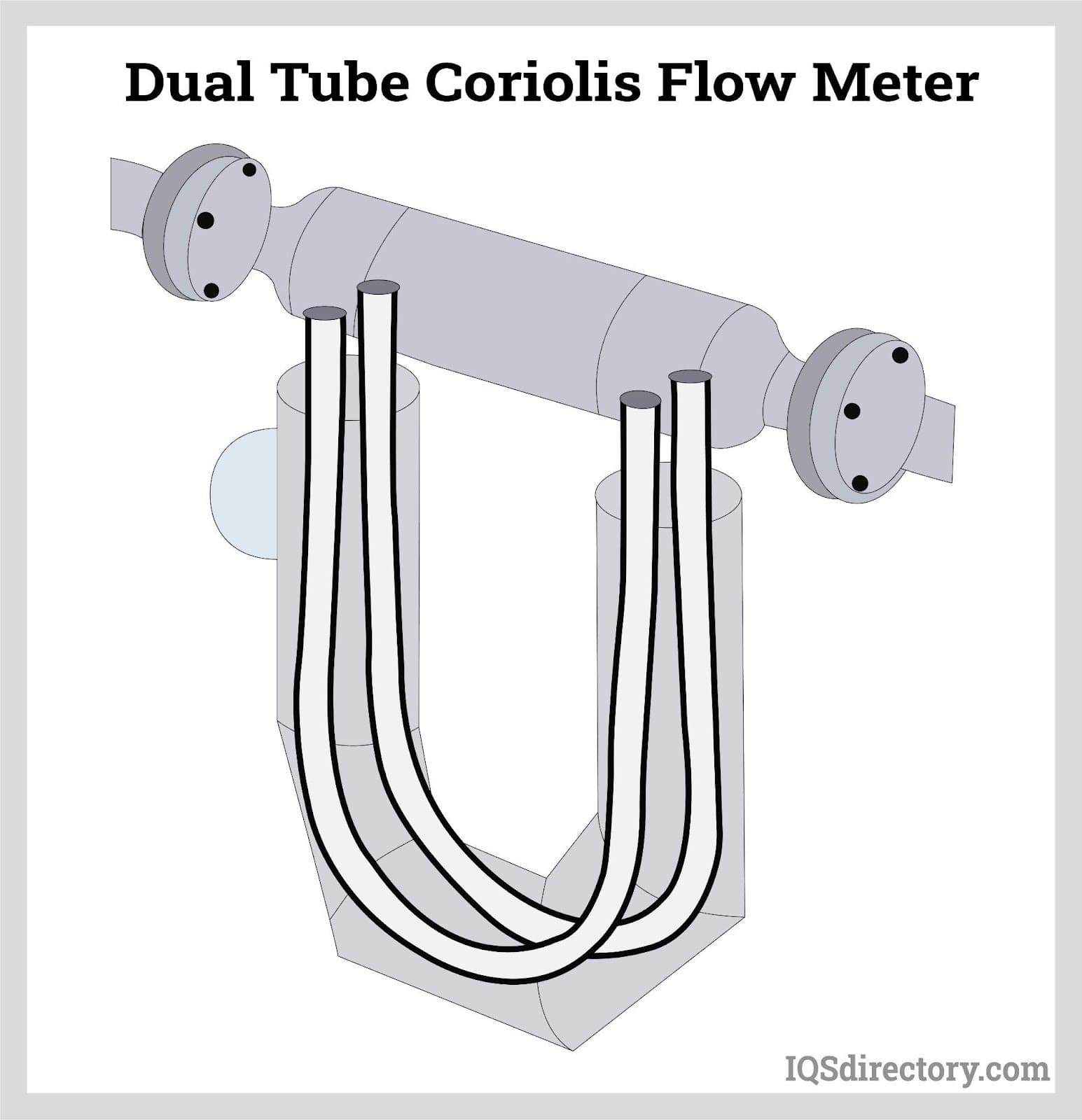
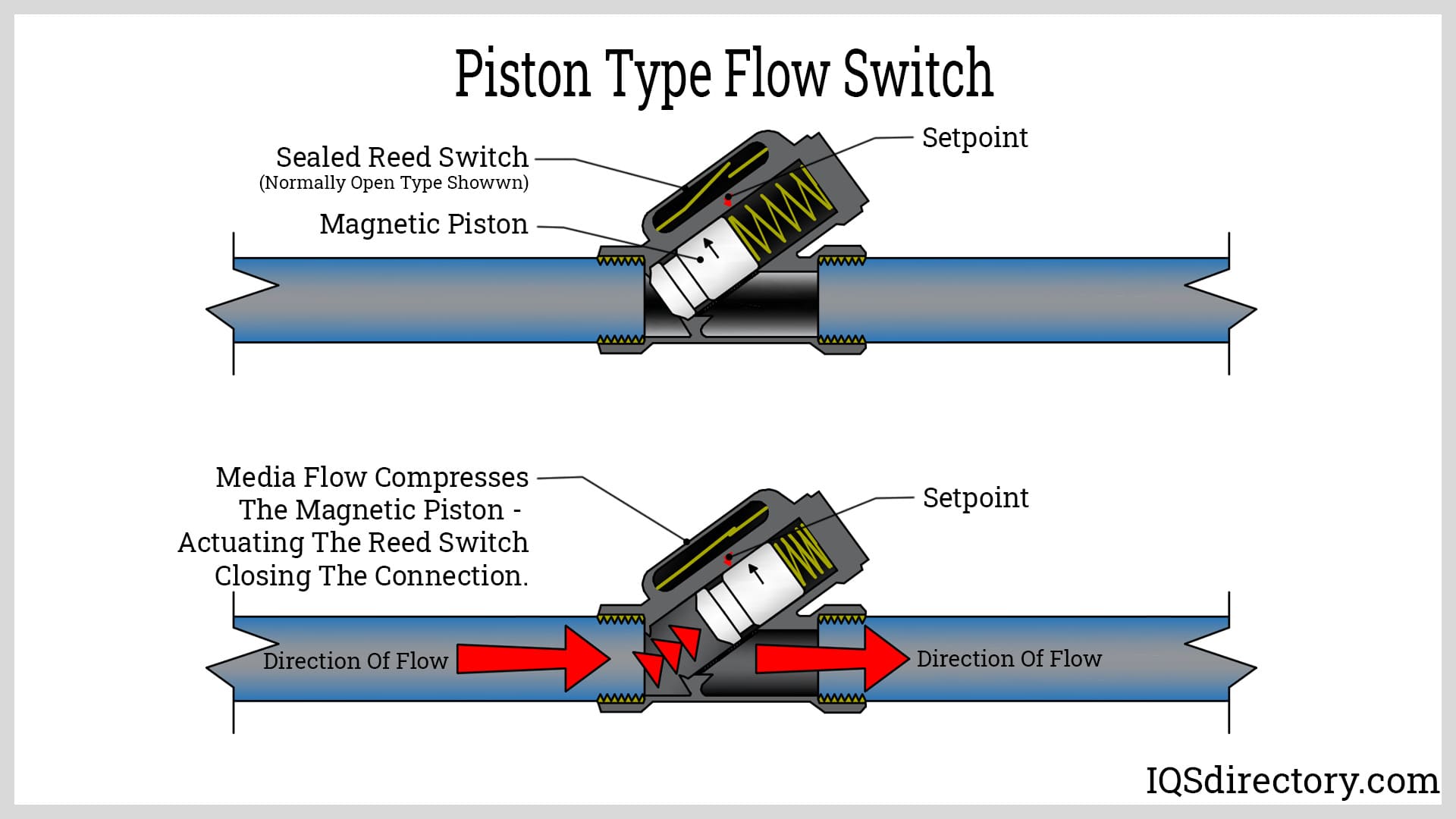
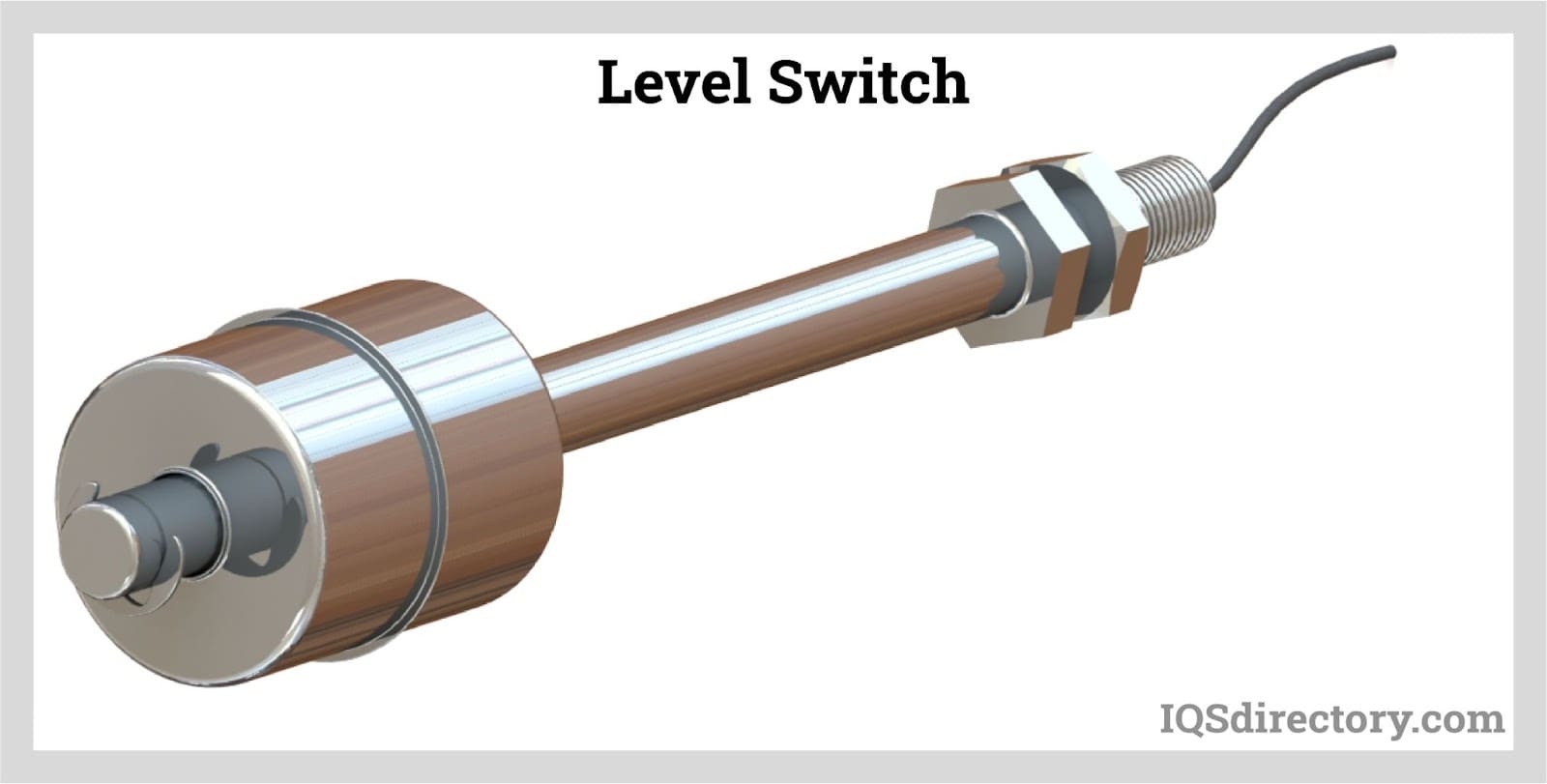
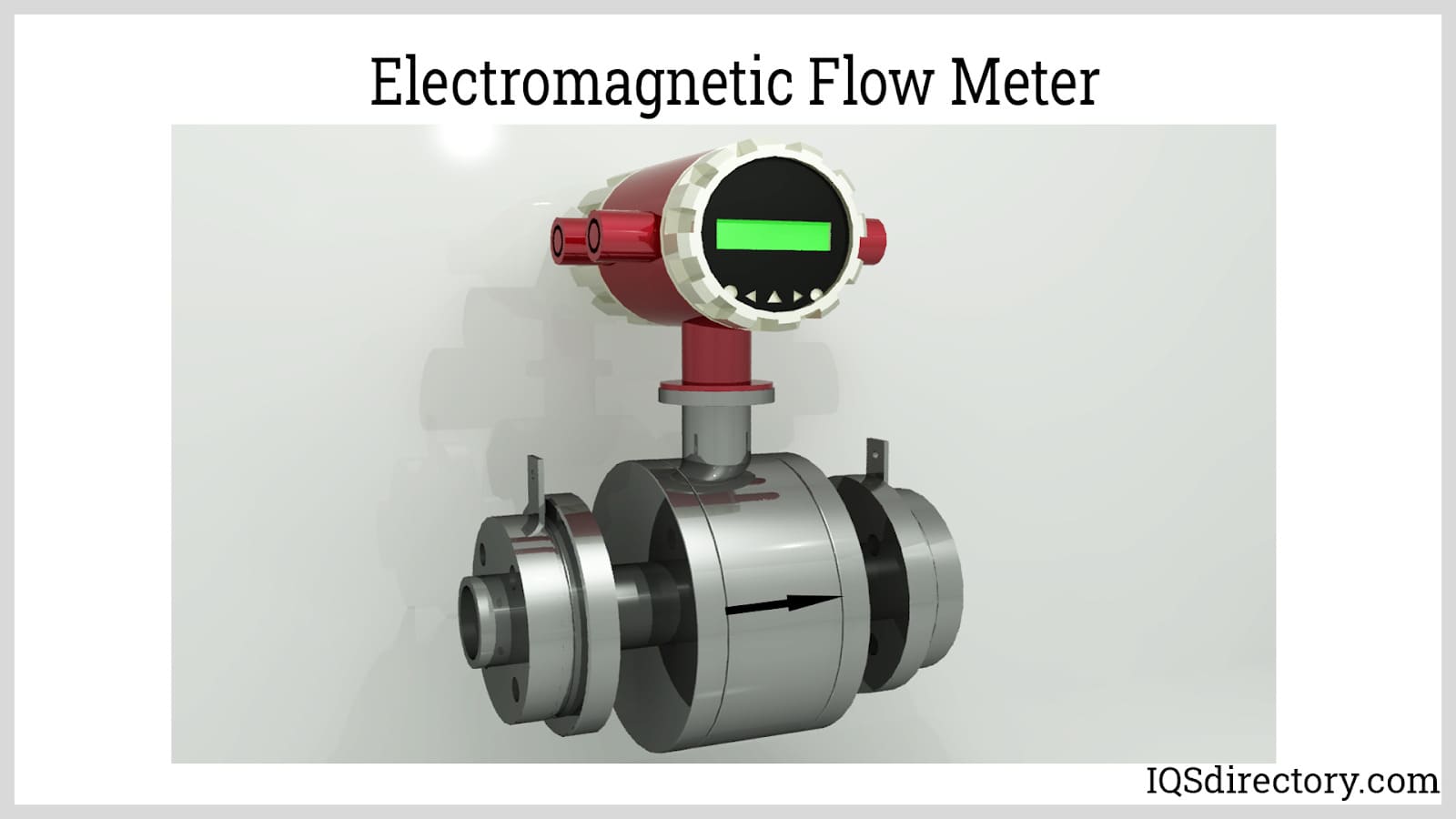
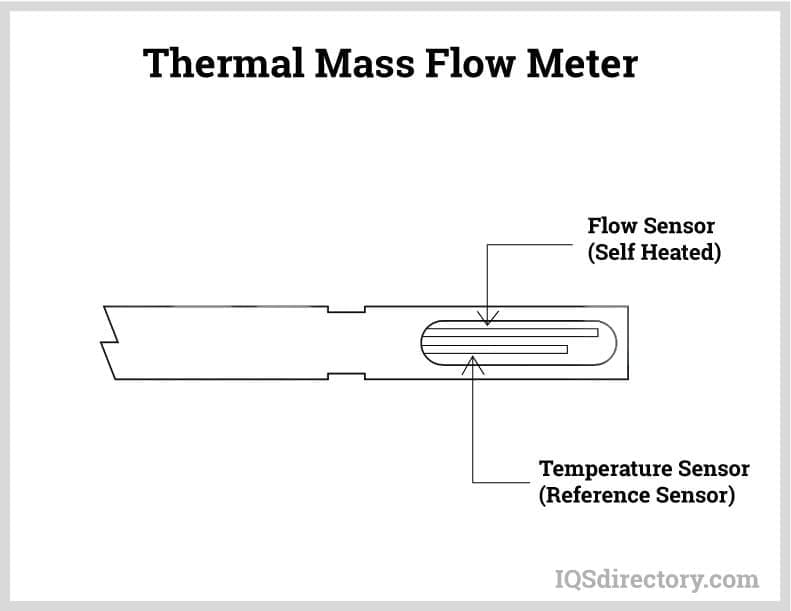







 Flow Gauges
Flow Gauges Flow Indicators
Flow Indicators Flow Meters
Flow Meters Flow Switches
Flow Switches Castings & Forgings
Castings & Forgings Bulk Material Handling
Bulk Material Handling Electrical & Electronic Components
Electrical & Electronic Components Flow Instrumentation
Flow Instrumentation Hardware
Hardware Material Handling Equipment
Material Handling Equipment Metal Cutting Services
Metal Cutting Services Metal Forming Services
Metal Forming Services Metal Suppliers
Metal Suppliers Motion Control Products
Motion Control Products Plant & Facility Equipment
Plant & Facility Equipment Plant & Facility Supplies
Plant & Facility Supplies Plastic Molding Processes
Plastic Molding Processes Pumps & Valves
Pumps & Valves Recycling Equipment
Recycling Equipment Rubber Products & Services
Rubber Products & Services